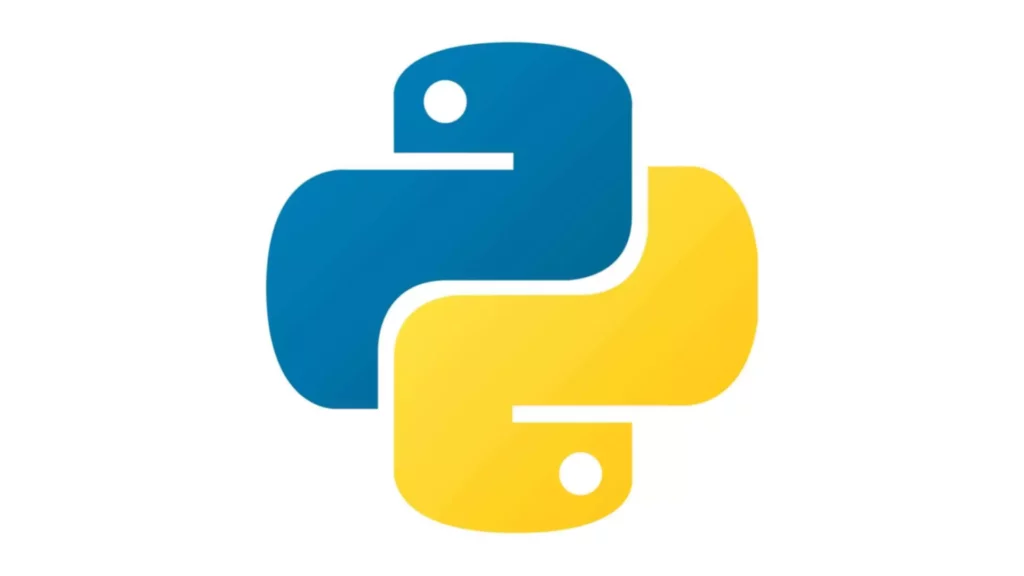We’re continuing to increase its capabilities to make container workflows even more clever, efficient, and developer-friendly. Maintain an eye fixed on the Docker blog for deeper dives, suggestions, and the most recent product bulletins. To configure the Docker Hub MCP Server with Claude Desktop, you don’t need to install the server immediately in Claude Desktop. As An Alternative, install why do we need docker the MCP Server utilizing the MCP Toolkit, then add Claude Desktop as a shopper.
Step 1: Write A Dockerfile
Now that you have realized the fundamentals of photographs, it’s time to learn about distributing pictures by way of registries. In addition to pulling a Docker image https://deveducation.com/, you additionally realized concerning the layers of a Docker Image. To find a STIG picture variant inside a repository, go to the Tags tab in therepository, and find photographs labeled with STIG in the Compliance column. Even outside of federal environments, STIGs are utilized by security-consciousorganizations as a benchmark for hardened system configurations. To configure the Docker Hub MCP Server with VS Code, observe the setup directions in the official documentation.
Implement picture scanning instruments in your workflow to detect vulnerabilities before deployment. When automating cleanup, ensure that crucial pictures are excluded from removal. Keep Away From ambiguous tags like newest in environments where traceability is important. Use Docker build cache administration to speed up builds with out retaining pointless artifacts. Automate picture cleanup with scripts that run Docker prune instructions on schedules, optionally filtered by age or labels. Manual cleanup can be time-consuming and error-prone, particularly in dynamic environments.

Inspecting this listing helps you identify which photographs are in use, that are dangling, and that are unused. Unused images consume cupboard space without offering any operational worth, so periodically eradicating them helps free up sources. As you’re employed with extra containers, it becomes necessary to know how to examine, clean up, and monitor what’s working.
What Is A Docker Image? A Quick Overview

These layers type a series of intermediate photographs, built one on top of the opposite in phases, the place each layer relies on the layer instantly beneath it. The hierarchy of your layers is essential to environment friendly lifecycle management of your Docker photographs. Thus, you need to arrange layers that change most frequently as excessive up the stack as potential. This is because, if you make modifications to a layer in your picture, Docker not only rebuilds that specific layer, but all layers built from it. Subsequently, a change to a layer on the high of a stack includes the least amount of computational work to rebuild the whole picture.
What Information Is Contained In A Docker Picture Tag?
Now that we’ve mentioned what Docker Pictures are, lets have a look on the basic and most useful Docker Image commands that you’ll use very regularly. Base photographs from CentOS, Ubuntu, Debian, and Alpine Linux are frequently used. For compatibility and to reduce image dimension, selecting the suitable foundation picture is essential. As COPY, but additionally in a position to handle distant URLs and unpack compressed information. The Knowledge Academy takes international studying to new heights, providing over three,000 on-line programs across 490+ areas in 190+ countries.
Please observe that to pull Docker photographs, you should be logged in to your Dockerhub account by way of the command line. Let’s try to pull an Ubuntu Picture from Dockerhub using the next command. You can even simplify this dockerfile by directly utilizing the Nginx base image from Dockerhub. This article has used the expose instruction to expose port eighty of the container to our host machine. Docker Images are also referred to as snapshots because they are immutable.
Automating cleanup in pipelines reduces manual upkeep and prevents disk house exhaustion during intensive builds. For example, run Docker prune instructions before or after build levels to make sure the surroundings is clean. Regular monitoring and cleanup stop disk space points and contribute to smoother development and production workflows. Continuous integration and delivery servers typically construct and check photographs incessantly, leading to fast accumulation of unused images. In addition, tools that visualize image layers help understand which components contribute most to size and counsel methods to slim them down. In a multi-stage build, you utilize a quantity of FROM statements to create intermediate images for compiling or packaging, then copy solely the necessary artifacts to the ultimate picture.
What Kind Of Experience Do You Need To Share?
- It’s small (under 5MB), safe, and environment friendly, making it a super base image for a lot of applications.
- You will soon take a glance at the method to build this Image to create containers later on.
- Every of the pictures inside a repository is referenced individually by a special tag and represents a special version of basically the identical container deployment.
- More and more developers are leveraging MCP (Model Context Protocol) servers to power their AI brokers and automatic workflows.
Dockerfile is a textual content document with a set of instructions for creating a Docker image. These instructions describe tips on how to create the basic picture, add information and directories, install dependencies, adjust settings, and define the container’s entry point. When building a model new image, Docker can reuse layers from present photographs that share similar dependencies, saving each disk area and build time.
Storing and organizing Docker photographs is made straightforward with Docker image repositories, corresponding to Docker Hub, the place pictures can be shared and accessed by others. To use a Docker picture, it can be pulled from a registry using the docker pull command, and to share your personal picture, it might be pushed to a registry utilizing the docker push command. Debugging Docker photographs could be challenging, particularly when coping with advanced purposes or distributed techniques. Fortuitously, Docker supplies debugging tools that may assist you to troubleshoot issues successfully.
Monitoring, debugging, and cleansing up unused Docker images are also essential elements of Docker picture management. As your Docker image collection grows, it’s essential to stay organized and ensure optimum efficiency. Let’s discover some finest practices for successfully monitoring and managing your Docker images. Managing Docker pictures involves not solely pulling and pushing, but additionally ensuring their proper group and storage. Docker image repositories, such as Docker Hub, act as centralized libraries the place images can be stored, found, and shared. By leveraging repositories, you presumably can easily manage and distribute your Docker pictures across completely different environments and groups.
